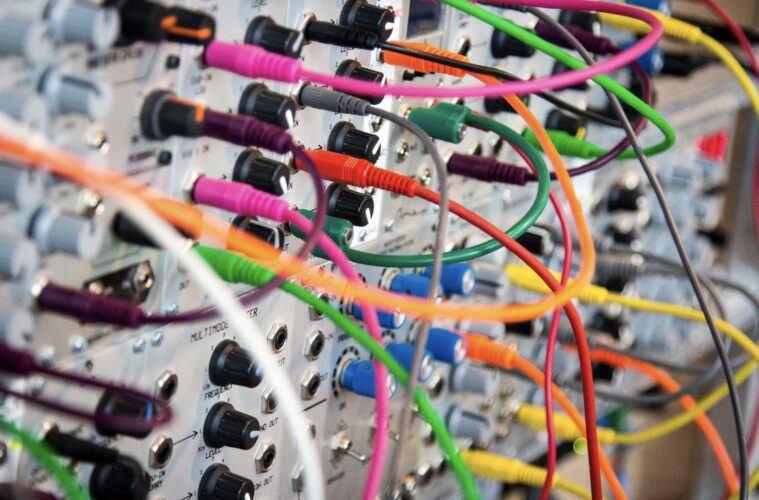Cable carriers serve as the lifelines of machinery. They act as guardians for electrical cables and hydraulic or pneumatic hoses. Their primary purpose is to limit the bending stresses by restricting the minimum bend radius, often constraining the bending to just one plane.
Additionally, they shield our cables from potential wear and tear, preventing them from getting trapped in moving parts or becoming entangled messes. But for cable carriers to function at their optimum capacity, it is imperative they are firmly secured to the machinery.
Understanding the Importance of Proper Securing
The methodology for fastening these carriers varies according to the specific type. At a foundational level, every cable carrier needs to be solidly fastened at both ends. This can be achieved through end connectors, mounting surfaces, or junction boxes. Depending on the carrier variant, there might be a need for additional securing or guiding measures.
Drag Chain Cable Carriers: An Overview
The most frequently encountered type of cable carriers is the drag chain style. These carriers are designed to restrict bending to just one plane, making them ideal for linear motion applications.
Typically, this carrier type is equipped with a specialized link at either end, each featuring a flat mounting surface dotted with holes for fasteners. Such a design offers flexibility in mounting.
It can either be bolted directly onto a flat surface or, more commonly, onto an angled bracket. This latter approach allows it to be anchored to a surface perpendicular to the cable’s run.
Drag Chain Carriers: Standard vs. Modular Designs
The availability of drag chain carriers spans across two primary categories: standard lengths with end connectors already fitted or a modular design.
The latter comprises individual chain links, typically connecting through a push-fit mechanism. If one opts for modular carriers, it is essential to specify and install the end connectors.
Securing the Extended Drag Chains
For those lengthy drag chains, especially those surpassing 5 meters, integrating a guide trough is recommended. This aids in providing a low-friction surface, ensuring the cable guide smoothly runs without any hitches or snags.
As with the carriers, these guide troughs must also be robustly secured to the machine or floor. These troughs are usually designed with feet at regular intervals, ensuring easy fastening.
Venturing into Multi-Flex Cable Carriers
Multi-flex cable carriers are unique in their flexibility, permitting bending in any direction. This feature makes them the go-to choice for multi-axis robots. While they still need securing at both ends, there is an added requirement to anchor them at several intermediate points.
Typically, such carriers end at junction boxes. The links, both at the termination points and those scattered in between are anchored using clamps. These clamps envelop the carrier and come with feet that can be bolted onto surfaces.
Conclusion
The crux of the matter is this: No matter how advanced or durable a cable carrier might be, its efficacy hinges on proper securing. Ensuring that they are fastened correctly and in alignment with their design specifics is pivotal to maintaining the longevity and functionality of the machinery they serve.
So, when it comes to the world of machinery, it is not just about having the best parts but also about ensuring they are in their best position.
Advertising disclosure: We may receive compensation for some of the links in our stories. Thank you for supporting Irvine Weekly and our advertisers.

